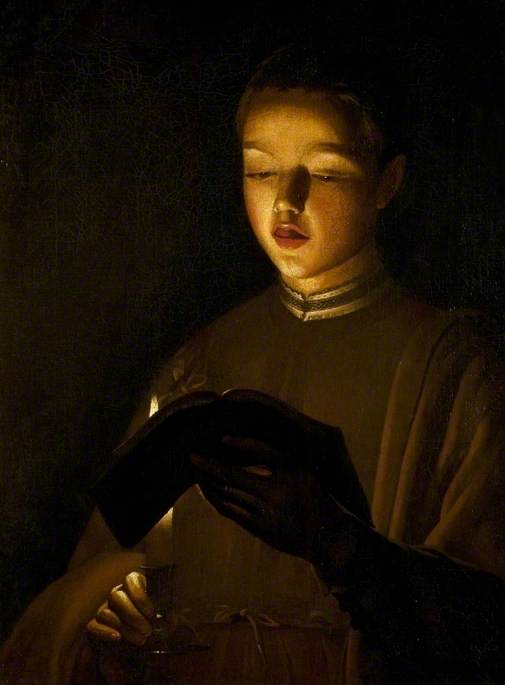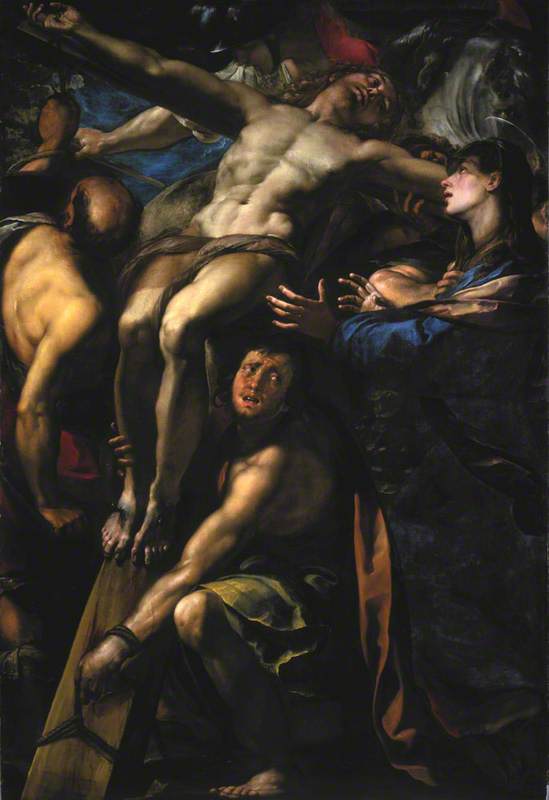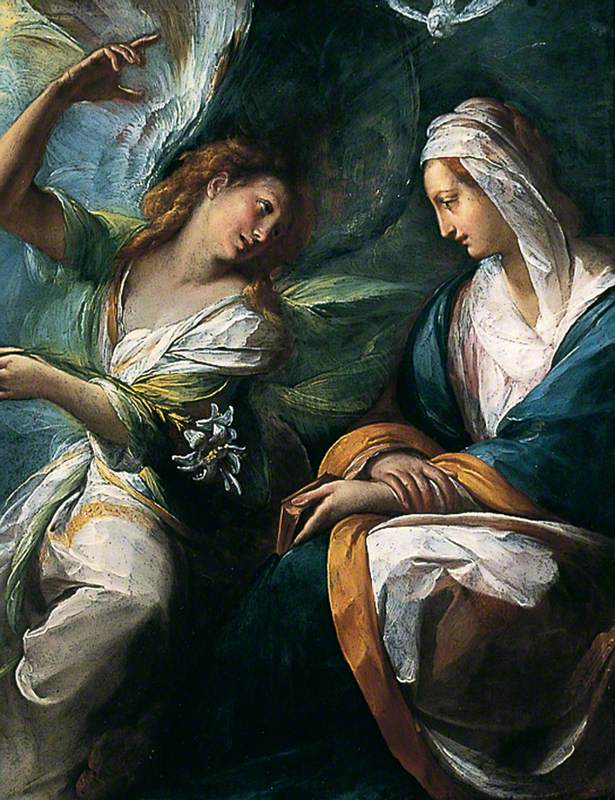My earliest publications, from 1969 to 1974, were on Georges de La Tour, a then obscure artist from Lorraine, who never seems to have left his native province. At the beginning of my research there were no pictures by him in any British public collection, and the artist's handful of surviving pictures were mostly scattered in museums worldwide, ranging from Ukraine to the United States of America. Now there are three works by La Tour in the United Kingdom, one in Stockton-on-Tees, one in Leicester and the other in the National Trust collection.
The first La Tour discovery came early in 1972 when the late Christopher Wood, acting on behalf of Christie’s in London, was undertaking a routine valuation of the paintings of the newly founded, and since disbanded, county of Teesside. The pictures under consideration were in the custody of the former borough of Middlesbrough, although it was later to emerge that they had come from the former borough of Stockton-on-Tees.
Wood had realised the possible importance of one of these pictures and he called in the late Benedict Nicolson and myself, who were both on the committee of the forthcoming Georges de La Tour exhibition, which was to be held in Paris later that same year. We were both astonished by the quality and subtlety of La Tour’s The Dice Players, which was obscured by grime but later turned out to be signed. The picture had been bequeathed to Stockton-on-Tees in 1930 by a Leicester spinster, Annie Elizabeth Clephan, whose father was born in Stockton-on-Tees at least 100 years earlier.
Nicolson contacted the organisers of the forthcoming exhibition at the Louvre, who at first thought it was an elaborate hoax cooked up by Nicolson, inspired by his Bloomsbury ancestry. The French authorities soon calmed down, as shortly thereafter Christie’s issued a press release announcing their discovery. Had the matter been taken at all further, it would have resulted in a sensational sale, as it looked as if the new county authority of Teesside was seeking to dispose of Miss Clephan’s bequest.
In view of this possibility, Nicolson and I lost no time in examining the terms of Miss Clephan’s will, and its wording included ‘for ever.’ So as soon as the Paris exhibition was over the picture returned quietly to Middlesbrough where it remained until Teesside was abandoned and Stockton-on-Tees reconstituted as a new local authority. As a result the picture is on special display at Preston Park Museum.
The Dice Players now has worldwide esteem, an exquisite and dramatic scene of gambling by extravagantly dressed young men in armour and moiré silk. At the same time an old man on the left smokes, apparently indifferent, while on the other side a young woman looks in. She, like the players, is enigmatic and androgynous. We were so taken with her expression, that she was chosen as a detail for the dust jacket of Benedict Nicolson’s and my monograph on La Tour, published in 1974 (French, Dutch and Italian editions, 1976).
The second installment of this La Tour story, from the 1980s, brings The Choirboy into the limelight. It appears another resident of Leicester, who was no relation to Miss Clephan and who has always wished to remain anonymous, took The Choirboy into the Leicester Museum and Art Gallery to ask their opinion. Their view, so close to the mark, was that the picture looked rather like a La Tour and, if I would verify that it was, in my opinion, a La Tour, the Leicester Art Gallery would like to buy it. The advantage to the owner, according to the rules at that time, was that if the owner sold directly to a museum no tax was payable.
Subsequent events degenerated into farce as the prospective vendor took it to a well-known London saleroom, who advised against showing it to me. After many tergiversations on the part of the vendor, La Tour’s The Choirboy was bought by Leicester in 1983 with the approval of the Louvre, and a general celebration that a municipal museum could act with such courage.
As always with La Tour, The Choirboy is a unique image, half-reflected in candlelight the boy is captured in the act of singing from a music book. He wears a plum-coloured alb with a little embroidery at the collar, which suggests that this is a religious, rather than secular, painting. It was decided that the best way to place the newly acquired picture in its historical context was to hold a loan exhibition of French seventeenth-century painting with The Choirboy as the centrepiece. The Dice Players was lent, and the two pictures were placed side-by-side, a memorable moment much appreciated in Leicester.
Christopher Wright, art historian, artist and author of numerous catalogues of Old Master paintings in Britain






















